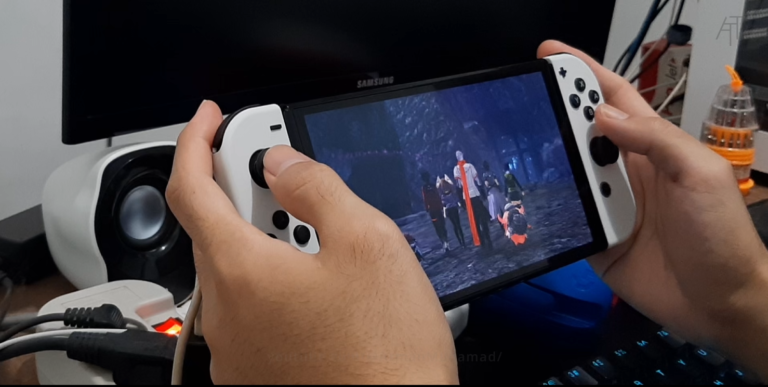Updating an app on Google Play has become a rather irritating process. The review system feels unnecessarily complicated, especially when vague rejections keep piling up without clear explanations. Let me take you through my recent experience – it’s been quite a ride.
It all started with an issue around displaying local pricing. Apparently, Google Play now requires local prices to be shown before the payment UI appears. I stumbled across this requirement while browsing Reddit after some frantic Googling.
After the update, Google rejected the app again, citing another vague policy violation without any proper details. Then, in the next rejection, they finally pointed to subscription pricing. We investigated and discovered that the price shown before the Play UI differed from the one displayed in our app’s UI, which gets its pricing data from our own API. A simple fix: make the prices match. Sorted.
Or so I thought. Another rejection came. This time, Google claimed the pricing was still problematic. They even included screenshots of the issue, complete with an error code – but no detailed explanation. So, back to Reddit I went, gathering ideas to resolve this. However, testing local pricing turned out to be tricky. Google determines pricing based on geolocation, IP address, device language, or even past purchases. With no reliable way to test it properly, I just updated the app and submitted it, hoping for the best. Spoiler: it got rejected again.
Then came the discovery of the Play Billing Lab – an official Google app to test Play Billing Library integrations, including local pricing. Great, right? Except it required a minimum of Android 12 to install. My primary Android device runs Android 11 (I don’t use it daily). Thankfully, I still had an old Redmi 3S running Lineage OS 21 (Android 14). Crisis averted, testing resumed.
After fixing the app and submitting it again, guess what? Rejected. Same pricing issue. This time, Google made it very clear – with rectangular borders emphasising the pricing problem. Essentially, the price must match across three areas:
- The subscription or paywall screen.
- A confirmation dialogue showing the subscription type and duration.
- The Google Play payment UI.
With a clearer picture, I started again. Here’s how it went:
- Uploaded to closed testing, only to realise Google now reviews closed testing builds too. Back in the day, this worked like an internal test where invited users could test without a formal review.
- Google testers kept rejecting the app.
- Eventually, I realised they were testing the production version instead of the closed testing one. So, I pushed the updated app to production.
And voilà, Google Play finally approved the app.
This process has highlighted a glaring issue: Google’s communication during reviews is far too vague. They reject updates without providing enough context, making the process unnecessarily time-consuming and frustrating. Apple’s review process, by comparison, might take longer, but it’s far clearer in outlining the reasons for rejection. Ironically, I remember a time when Google reviews were quicker and more transparent than Apple’s. How times have changed.


